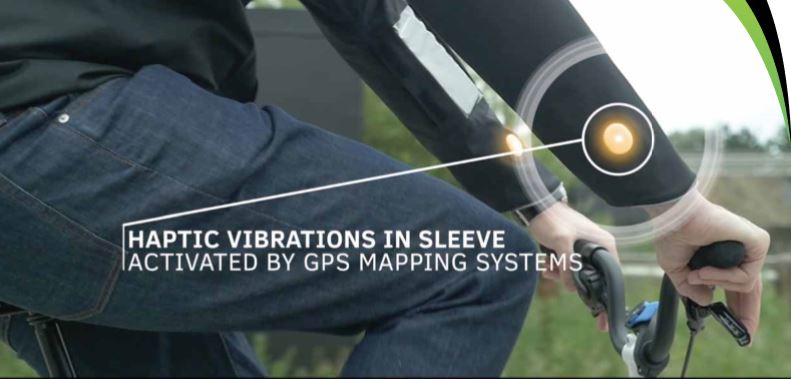Analysis: Is the bike industry truly connecting to the smart clothing market?
Despite being a burgeoning sector, the smart clothing market is becoming ever more valuable. CI.N Editor, Jon Harker, asks: will the cycle industry truly connect to this growing area and cutting edge biometrics-measuring kit?
According to a new research report by the market research and strategy consulting firm, Graphical Research, the Asia Pacific smart clothing market size will pass the $500 million milestone by 2024. The smart clothing market has yet to make any significant inroads into the cycle market, but it is surely only a matter of time before this changes.
With the proliferation of fitbits, smartwatches and their equivalents now being standard for runners, gym bunnies and indeed cyclists keen to keep an eye on fat burning heart rates and more, the jump to smart clothing is not such a big leap. Measuring muscle strength, temperature and physical movement as well as standards like heart rate, smart clothing provides yet more data for riders, athletes, professionals and serious amateurs.
Prominent companies in the smart clothing market include the likes of Catapult Sports, which works with elite sports teams around the world, from NBA team Dallas Mavericks and Premiership Rugby team Saracens, to the Bundesliga’s Bayern Munich and the England Cricket Team. This summer, Ford worked with Lumo to come up with a smart cycling jacket that featured light up sleeves to indicate which way the rider is turning (pictured) and flashing brake lights when the bike is slowing. Navigation hints come via vibration functions that also enable riders to take calls without taking their hands off the bars.
The Asia Pacific smart clothing market has been seen as one with huge potential. Driven by the penetration of intelligent textile manufacturing companies, India and China have witnessed the establishment of a large number of production plants in recent years owing to the availability of cheap labour. Rapid developments in the manufacturing and export activities in emerging economies, including Japan and South Korea, are expected to boost industry growth.
Advancements in nanotechnology and its incorporation in the modern textiles are emerging trends aiding the smart clothing market growth. This technology offers varied benefits such as electronic capabilities and monitoring techniques. Based on products, the Asia Pacific smart clothing market is expected to witness several growth opportunities in smart jackets. Technology advancements have produced ranges of self-heating jackets that respond to temperature changes and provide protection against extreme cold conditions. Some even offer contactless payment facilities to the wearer without the usage of cards or cash (let’s hope no one nicks your coat).
The military and defence sector is expected to dominate the smart clothing market, but while the sports market may be a relatively small blip in the grand scale of things, there’s undoubtedly an opportunity for smart clothing specialists in the cycling sector.



